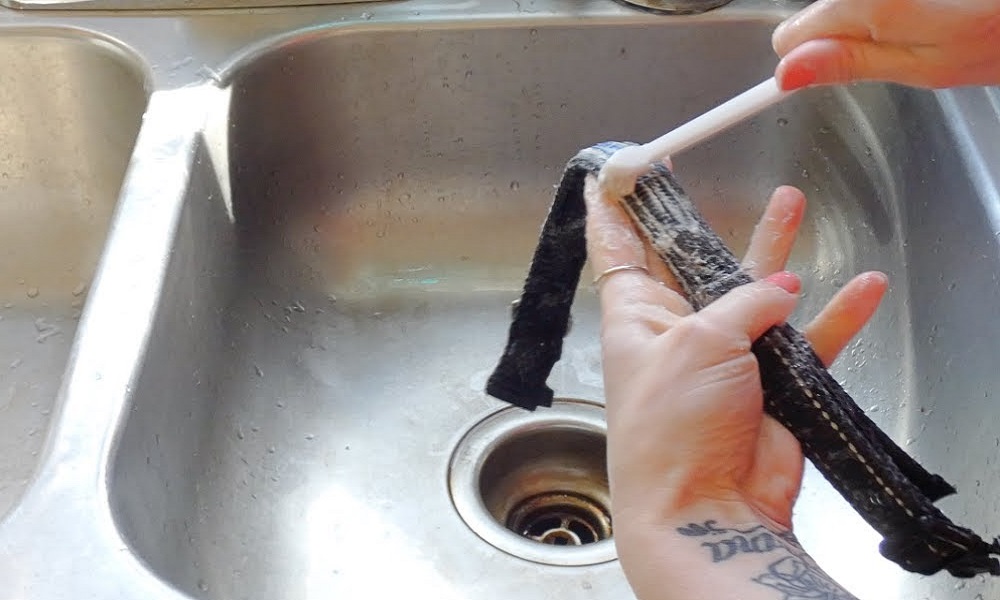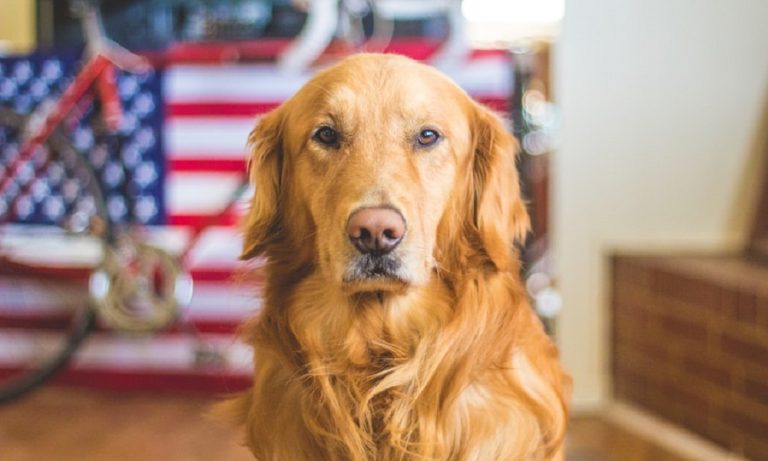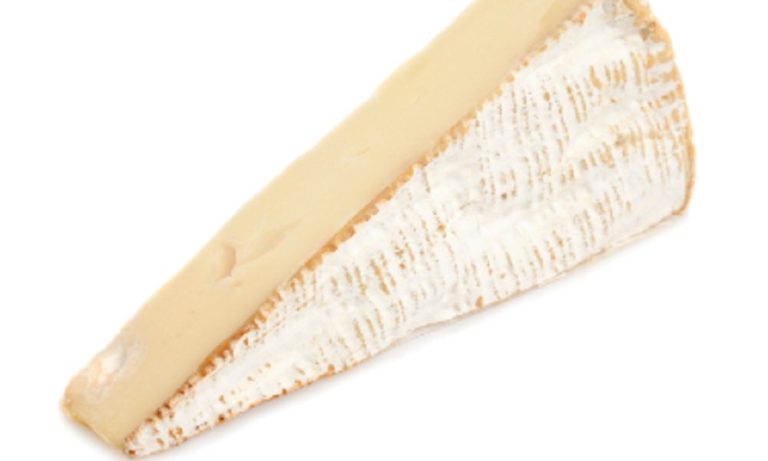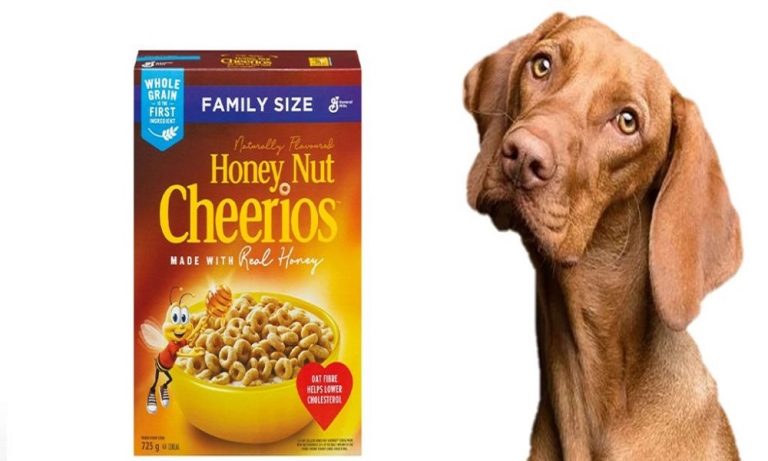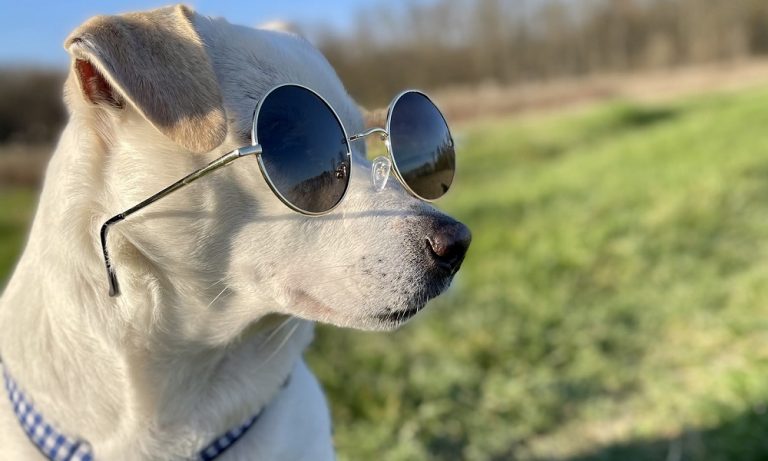How to Clean a Dog Collar?
Dog collars stick close to your pet’s coat almost all day long. These make your pet easy to identify and also work as a good safety measure.
When your canine is wearing the collar all day, the material tends to absorb scents, body oils and also gets dirty and smelly when not cleaned for a long time.
A wet and muddy collar creates the ultimate bacteria-breeding place near the pet’s neck. To avoid infestations and bacterial infections, it is important to wash the collar regularly.
Most collars cannot be washed in a washing machine. The cleaning method depends solely on the material and type of collar.
When cleaned according to the instruction labels, you can use the collar for longer. Nylon straps, for example, can be washed with water; however, leather cannot get wet that often.
Metal collars rust quickly when they are in constant contact with moisture and water. Therefore, to ensure pet hygiene and safety, you need a suitable method for cleaning a dog collar.
This guide will share a few tips and methods to clean different types of dog collars based on the material using Fido shampoo, household items like baking soda and saddle soap, etc.
Select the process based on your canine’s collar material and follow the precautions to ensure quality.
Different Methods for Cleaning Dog Collars
As stated previously, dog collars are made from various materials, including but not limited to leather, synthetic nylon, polyester, and metal.
To get the most out of a collar, keeping it tidy and in shape is essential. The most common methods for cleaning these collars are as follows:
Washing
Dog collars usually come with a manual that tells whether a collar can be machine washed or not. Some collars like pheromone collars cannot be washed at all as it affects their chemical holding ability.
Whether you are using a washing machine or washing the collar by hand, mainly the following methods are used:
With Shampoo or Hypoallergenic Detergent/Soap: You cannot use just any shampoo. To avoid allergies and skin irritation, use a soap meant for canines.
If your dog is allergic, consider using a hypoallergenic soap or detergent. These are best combined with warm water. Collars with materials, including regular fabric and nylon, can be soaked in to remove the dirt and smell.
Using a Saddle Soap: Leather collars require the use of saddle soap. While these are not soaked entirely in water, the soap is rubbed on the surface and then cleaned using a damp towel.
Using Baking Soda paste: For a quick homemade solution, if you do not have the hypoallergenic detergent or the saddle soap, you can use a mixture of baking soda and water.
These materials are mostly used in washing a collar; however, you will need to use a different method for collars with water-sensitive materials.
Spot Cleaning
This method is simple and similar to the previous one; however, we do not soak the collar in the water. A damp towel is used to clean the surface.
In the case of leather, you may need to squeeze the strap to get the excess soap and moisture out. This method is ideal if the collar material is likely to get deformed by water.
How to Clean Various Types of Dog Collars
Wash an Electric Dog Collar
E-collars and shock collars consist of metallic prongs on the inner side of the main machine, which is connected to the strap.
While most of these are waterproof, it is highly recommended to check the manual to see if you can wash them with water.
If the instructions include that, let’s prepare a bowl of warm water and some dog shampoo. There is no specific quantity for the soap; just add enough, so it cleans nicely.
Next, you may need to scrub off the dirt using a brush. For this, you can use a regular toothbrush and clean the crevices nicely. Once the collar is nice and clean, dry it off, so no water or moisture remains, and let it dry.
Wash a Leather Dog Collar
Leather collars are popular because they are durable, stylish, and come in a wide price range. Depending on the type of leather, you may need to alter the cleaning method.
So the first thing you need to know is what type of leather it is. Usually, we know the difference between faux and genuine leather. Finished and unfinished leather is also different.
To find out the difference, scratch a small part of the strap; if the color remains unchanged, it is a finished collar, and you can use water more freely since the quality is likely to withstand it.
For the unfinished type, you can prepare a soap and water mixture as mentioned previously. Use a towel to dab and clean the collar strap.
In the case of natural leather, you can also use saddle soap. It is excellent for cleaning leather and does little damage to it. Leather is a tricky material to handle.
It cannot withstand being soaked in water for too long. Therefore you cannot use it for very long and then clean it only once in a while.
It is recommended to clean the collar regularly, so it does not absorb too many body oils. If your pet is going for a swim or has already been in the water, remove the collar and dry it to avoid further contamination.
Using a brush on the leather surface is not recommended. Once washed, let the collar dry naturally, however, away from direct sunlight.
Exposure to sunlight can lead to the formation of cracks on the strap surface and hence reduce the lifespan of the collar.
Synthetic Dog Collar
These collars are the easiest for cleaning mostly because these feature nylon, one of the most durable materials for a collar out there.
Mostly these collars are also safe for machine washing. If the collar instructions say so, then carefully place the collar inside a washing bag or a sock or a pillow cover if you don’t have one.
This is done to make sure that the collar buckle does not get stuck inside the machine. Remember to use hypoallergenic or some dog-friendly detergent.
Human soaps and shampoos can cause irritation. After it’s washed, you can dry the collar in the sun. While this goes for most collars, if it isn’t suited for machine washing, then you will have to use the handwashing method.
Get the warm water bowl ready because this will require soap and the toothbrush again. Nylon collars, Are pretty durable, and you can scrub them nicely to get all the scents and dirt out.
Since these tend to absorb smells quite well, it is an excellent choice to add apple cider vinegar or lavender oil to the bowl. Either of these can take care of the foul odor and leave the collar smelling nice and fresh.
Metal Dog Collar
Unlike what most people might think, metal collars also tend to get dirty. While it is true that metal does not absorb any body oils, the nooks and crevices of the collar can certainly hide grime and dirt.
Also, in the case of metal, when facing constant moisture, some parts of the collar may get discolored or rusted. When such a collar remains in constant contact with the canine’s skin, it can cause irritation.
To avoid that, you need to get out the useful DIY remedy, Baking soda. Just like we made the water and soap mixture, you will make a paste-like mixture of baking soda.
The trick is to clean the collar thoroughly with water and scrub using a brush. Then put the baking soda paste on the discolored areas and let it dry.
Just remove it and dry it off with a cloth. Metal dog collars do need cleaning however, these get less dirty as compared to other types of collars.
This is why you can avoid complete 20-minute collar-cleaning sessions and use a damp cloth to clean it regularly instead. Once washed, dry it with a towel or cloth. You can use the same method when cleaned the D-rings or metal ID tags.
Some Tips and Tricks
- A smelly collar can be cleaned by washing; however, if the odor is still there, then use lavender oil or apple cider vinegar.
- When scrubbing a nylon collar, is it advised to do so in the direction of the threads. Doing so does not damage the strap and cleans the nooks and cranies nicely.
- It is recommended to soak the collar for 15 to 20 minutes for tough stains and then use a brush.
- When getting a collar, if it features a metal buckle, make sure it has an anti-rust coating. Such coatings protect the metal surface from moisture and preventing rusting and corrosion.
- A collar is also your pet’s identity. When the collar is being washed, it is best to have a backup collar, so your pet does not walk around without an ID.
- In the case of leather collars, it is crucial to remove the water nicely by pressing it with a towel or some other absorbent cloth.
- Synthetic collars can also be washed using hydrogen peroxide. It also cleans the material thoroughly.
- Most collars are best dried when left on a towel in natural air.
- Pheromone collars have a shorter life and cannot be soaked in water as it reduces their herbal efficiency. For such collars, it is recommended to use a damp towel instead.
- If your pet has sensitive skin or sores around the neck, using lavender oil on the collar can be useful. Lavender oil is a natural disinfectant and protects the area from bacterial infection.
Basic Caution & Considerations
- Leather collars should not be soaked in water for long. This can result in a deformed, weakened collar.
- Remove the D-ring and ID tags before putting the collar in a washing machine.
- Dog collars should almost never be put in the machine dryer. These are suitable for natural drying only.
- In the case of synthetic collars, you can use a dryer to speed up the drying process.
- For bad surface stains, consider using a mixture of both baking soda and vinegar. Put the collar inside the mixture and let it soak for some time. Afterward, remove and scrub off any visible stains and grime. Rinse with warm tap water and let it dry.
- Cleaning a dog collar regularly is better as compared to cleaning it for an entire 20 minutes twice a month.
- Peppermint soap is another alternative for cleaning synthetic dog collars.
Conclusion
Dogs love to play around in the dirt, and even if we give them a regular bath every now and then, sometimes the smell doesn’t seem to go away.
What people often miss is the collar. A dog collar sticks close to your canine’s neck region and absorbs scents, body oils, and can eventually become a breeding ground for bacteria.
To avoid an unhygienic situation, it is important to clean the collar. Depending on the material, you may have to wash or spot clean it. Once cleaned, the collar will smell better, last longer, and even perform better.
The process only takes 20 minutes and uses simple household items. Whether you own one made from leather dog collar, fabric collar, or nylon.
It is possible to renew the collar and make it hygienic for your pooch. Just make sure to follow the instructions label, so the material surface does not get damaged.
Frequently Asked Questions
Can leather dog collars get wet?
No. Good quality leather can withstand water and moisture to some extent. Increased contact with water can cause the material to deform and swell.
When a collar is constantly dried and washed, the surface and forms cracks which will eventually lead to breakage.
Do metal dog collars need to be cleaned?
Yes. Metal dog collars do not need to be cleaned as regularly as compared to other types of materials. While metal does not absorb scents or body oils, it does get dirty by constant use.
Can I wash my dog collar in the washing machine?
Yes. It depends on the collar type and the instructions label. Collars made out of fabric or synthetic nylon can be washed in the washing machine, It is ideal to confirm it before washing.
What to do if your dog’s collar is badly stained?
For this, you can use a mixture of apple cider vinegar and baking soda. The mixture will fight foul odors and can also remove most of the surface stains.
Let the collar soak in the mixture and scrub it clean. Rinse with warm water, and you have a clean collar again.
